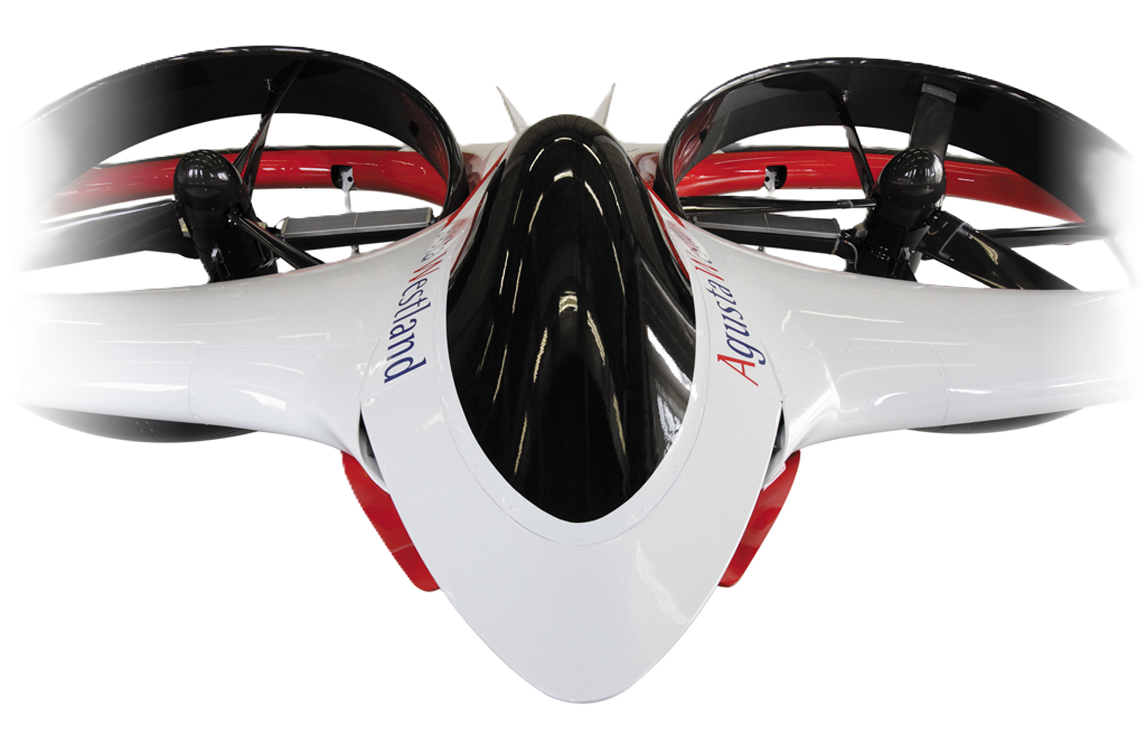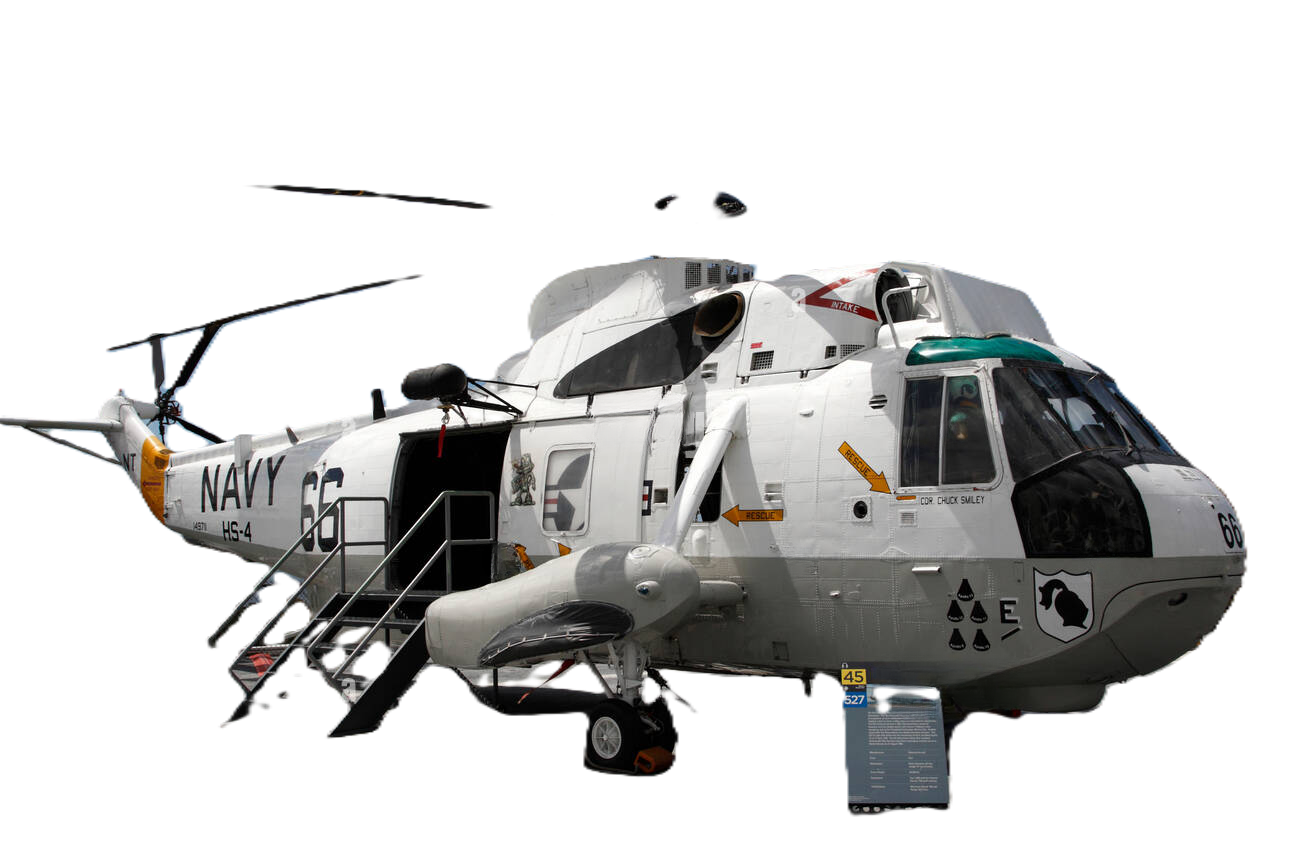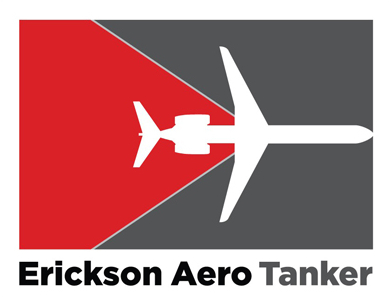
Shinmaywa
US-1A JASDF
|
|||||||||||||||||||||||||
.
History Shin Meiwa PS-1 and US-1A is a large STOL
aircraft designed for anti-submarine warfare

The Shin Meiwa PS-1 and US-1A is a large STOL aircraft designed for anti-submarine warfare (ASW) and air-sea rescue (SAR) work respectively by Japanese aircraft manufacturer Shin Meiwa. The PS-1 anti-submarine warfare (ASW) variant is a flying boat which carried its own beaching gear on board, while the search-and-rescue (SAR) orientated US-1A is a true amphibian.
Development of the PS-1 has its origins in flying boat research performed by the Shin Meiwa during the 1950s. The company, believing that their design was capable of regular use upon the open sea, petitioned the Japanese military to acquire the type as a maritime patrol aircraft (MPA). Following the demonstration of a converted Grumman HU-16 Albatross testbed aircraft, referred to as the UF-XS, the Japan Maritime Self-Defense Force (JMSDF) awarded Shin Meiwa a contract in 1966 to further develop its design via two further prototypes, which were designated PS-X. During 1969, the JMSDF placed the first order for an eventual fleet of 21 ASW aircraft, designated PS-1; orders for the SAR variant, designated US-1A, were also issued during the 1970s.
Further development

The PS-1 had not been in service long before the JMSDF requested the development of a search-and-rescue (SAR) variant. Shin Meiwa, being keen to pursue the aircraft's development, embarked upon fulfilling this request. By deleting much of the PS-1's military equipment, room was freed up to provide the aircraft with a greater fuel capacity, retractable landing gear, and rescue equipment. The new variant, which was designated the US-1A, could also quickly be converted for troop-carrying. The US-1A was Japan's first amphibian, operating from land and sea, which meant that it could transfer survivors to land facilities via ambulance more quickly. First flown on October 15, 1974, it was accepted into service during the following year, and eventually 19 aircraft were purchased. From the seventh aircraft on, an uprated version of the original engine was used, all aircraft were eventually modified to this US-1A standard.
Operational history
The US-1A's first rescue was from a Greek vessel in 1976. Despite having been envisioned largely to perform air-sea rescues of military personnel, the US-1A has mostly been involved in civilian assistance operations. Between 1976 and 1999, Japan's US-1A fleet has reported been used in over 500 rescues and were responsible for the saving of 550 lives. The US-1A was retired on December 13, 2017, when the last example in JMSDF service conducted its final flight. According to aviation periodical Air International, a total of 827 people have been rescued by US-1s since the type had entered service during 1976. It has been succeeded in its role by the modernised US-2.
Operators
0
KmCeiling
0
KmMAX RANGE
0
Km/HAircraft Speed
0
Max Crew
Photo Gallery
Shin Meiwa PS-1 and US-1A is a large STOL
aircraft designed for anti-submarine warfare


Shin Meiwa PS-1 and US-1A is a large STOL aircraft designed for anti-submarine warfare
General Info
- Crew: 4 flight crew, 1 auxiliary crew seat and 2 observers
- Capacity: 20 seated passengers / 12 stretchers
- Length: 33.46 m (109 ft 9 in)
- Wingspan: 33.15 m (108 ft 9 in)
- Height: 9.95 m (32 ft 8 in)
- Wing area: 135.82 m2 (1,462.0 sq ft)
-
-
Powerplant
- Powerplant: 4 × Ishikawajima-Harima / General Electric T64-IHI-10J turboprop engines, 2,605 kW (3,493 hp) each
- Powerplant: 1 × Ishikawajima-Harima / General Electric T58-IHI-10-M2 turboshaft Compressed air generator driving a C-2 compressor
Specifications
- Maximum speed: 511 km/h
-
-
-
- 522 km/h at 3,050 m (10,007 ft)
-
-
- Cruise speed: 426 km/h at 3,050 m (10,007 ft)
- Range: 3,817 km (2,372 mi, 2,061 nmi) at 426 km/h (265 mph; 230 kn) at 3,050 m (10,007 ft)
- Service ceiling: 7,195 m at MTOW
-
-
-
- 8,655 m at 36,000 kg (79,366 lb)
-
-
-
-
Related development
-
-
Related development
-
Links to Youtube & Others
The Shin Meiwa PS-1 and US-1A is a large STOL aircraft designed for anti-submarine warfare (ASW) and air-sea rescue (SAR) work respectively by Japanese aircraft manufacturer Shin Meiwa.
ShinMaywa US-1
JASDF "Japan"
During 1976, a single PS-1 was experimentally modified to perform aerial firefighting missions;
Youtube Link
According to aviation periodical Air International, a total of 827 people have been rescued by US-1s since the type had entered service during 1976. It has been succeeded in its role by the modernised US-2















.svg.png)